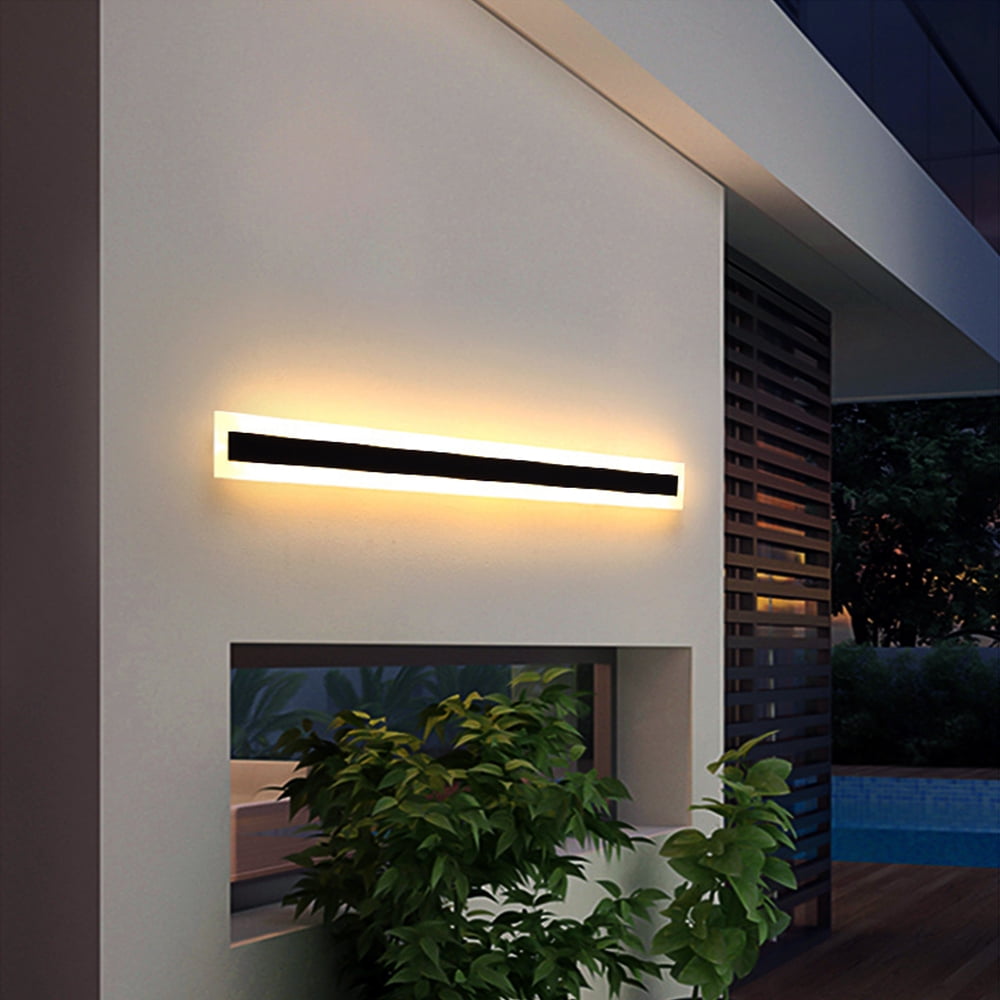Exploring The Way Resolution Affects the Performance and Visual Caliber of Light Emitting Diode Screens in Contemporary Display Techniques
Exploring The Way Resolution Affects the Performance and Visual Caliber of Light Emitting Diode Screens in Contemporary Display Techniques
Blog Article
LED screens are becoming more and more common in different settings, from musical events and athletic competitions to corporate presentations and art exhibits. One of the key crucial factors that influence the performance and visual quality of these displays is image clarity. Image resolution denotes the number of pixels that compose the image on the screen. Higher image clarity indicates additional picture elements, which can result in clearer and crisper visuals. Grasping how resolution affects LED walls can assist users make informed decisions about their display requirements.
When talking about image clarity, it is crucial to consider pixel pitch, which is the gap between the midpoint of one picture element to the midpoint of the following pixel. A smaller pixel pitch results in a higher resolution, allowing for more clarity in the visuals shown. For instance, an LED screen with a picture spacing of 1.5mm will offer a clearer image than one with a pixel spacing of 3mm. This is particularly important in environments where viewers are near to the display, such as in a compact venue or a exhibition show booth. In these situations, a higher image clarity can greatly improve the viewing quality.
Another factor of image clarity is its impact on color accuracy and luminosity. LED screens with greater image clarity often have superior color reproduction, meaning that the hues shown are increasingly lively and realistic. This is essential for applications like advertising, where the goal is to capture attention and convey a message effectively. Additionally, greater image clarity screens can maintain brightness levels even when seen from various perspectives. This is important in large locations where viewers may be seated at various distances and positions from the display.
The functionality of LED screens is also influenced by resolution in terms of refresh rates and reaction times. A higher resolution display can handle faster refresh rates, which is essential for dynamic content such as films and animations. This means that the images on the screen will appear smoother and more fluid, enhancing the overall viewing experience. In contrast, reduced image clarity screens may have difficulty with dynamic material, resulting in fuzziness or delay. Therefore, for occasions that rely additional resources on high-energy visuals, choosing a display with a suitable resolution is critical.
In conclusion, resolution plays a vital role in determining the performance and image clarity of LED screens. Factors such as pixel pitch, color precision, luminosity, update frequencies, and reaction durations all contribute to how efficiently a display can convey information and capture audiences. As advancements continues to progress, grasping these factors will help users select the right LED screen for their particular requirements, guaranteeing that they achieve the best possible results in their displays and occasions.